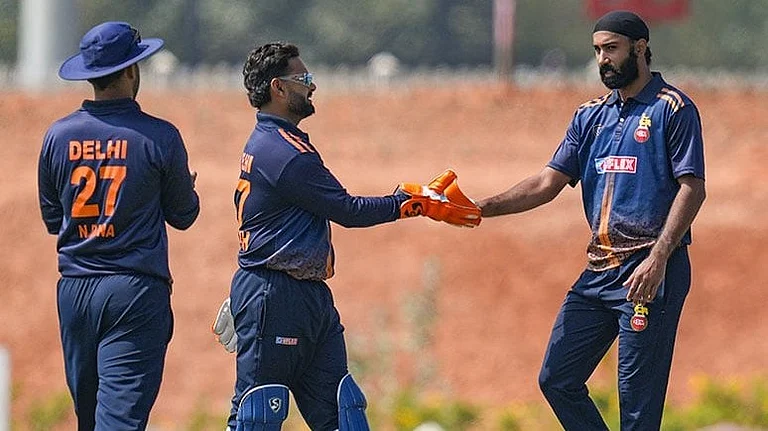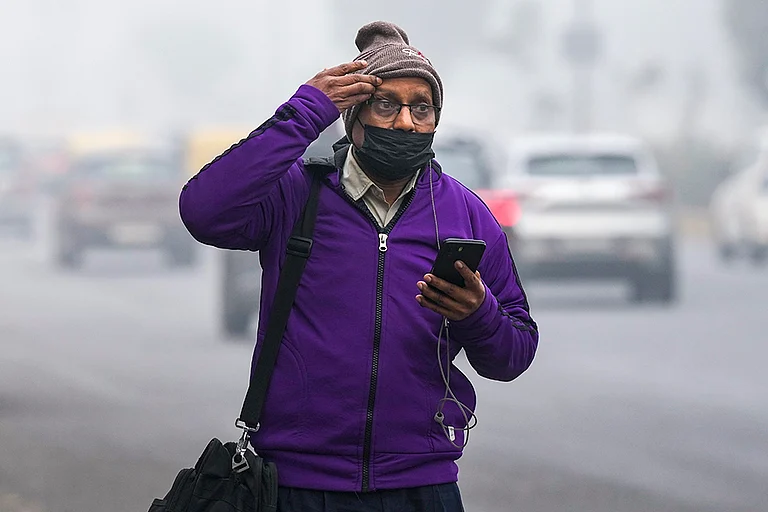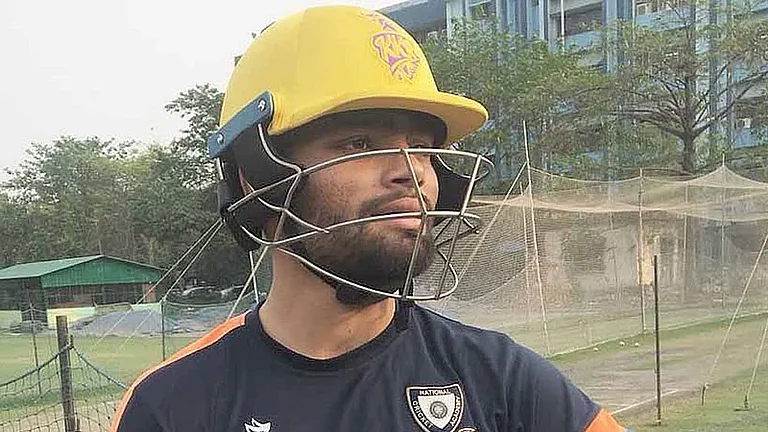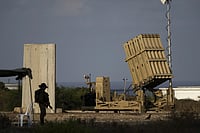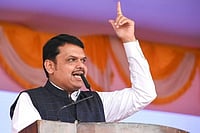Prime Minister Narendra Modi will inaugurate the long-awaited Central Vista project on Thursday (September 8). Along with that Delhi’s iconic Rajpath --- stretching from Rashtrapati Bhavan to India Gate --- is all set to be renamed Kartavya Path (Path of duties).
The Central Vista project comprises a new triangular Parliament Building, along with the Central Secretariat and several other Government offices that are being rebuilt.
The revamped Central Vista avenue will open to the public on Friday (September 9).
Over the past 100 years, Rajpath has undergone several changes. Here’s a short history of the 3-km stretch of the boulevard that runs from the Rashtrapati Bhawan to Vijay Chowk and India Gate and ends at Purana Qila.
Kingsway
In the early 20th century, the British named it the "Kingsway" after King George V, who visited Delhi during the Delhi Durbar of 1911 and shifted the capital from Calcutta to the city.
In around 1920s, Edward Lutyen and Herbert Baker, the architects of New Delhi, built it as a ceremonial boulevard after Lutyen conceptualised a modern imperial city centred around a “ceremonial axis”.
The ceremonial axis got its name similar to Kingsway in London, an arterial road built in 1905 to honour George V’s father, Edward VII.
During British rule, the Viceroy's house was built on Raisina Hill. It overlooked the Kingsway till Purana Qilla and encompassed a view of Jama Masjid to the left and Safdurjung's Tomb to the right --- comprising objects of historical interest in the city.
The Kingsway was lined with canals, lawns, and rows of trees on both sides.
Rajpath
Following India’s independence, the name of Kingsway was changed to Rajpath. It was more of a literal translation of the name rather than a change as Rajpath in Hindi means ‘Kingsway’.
For 75 years, Rajpath has been the showpiece stretch for the Republic Day parade that is held on January 26 every year.
Rajpath links Rashtrapati Bhavan, Vijay Chowk, India Gate, National War Memorial, and National Stadium in Delhi. It is flanked by important government offices and Parliament and remains one of the most protected and important roads in the country.
Post-independence, some modifications were carried out on Central Vista Avenue with roads altered and a new row of trees added in the 1980s.
To improve the north-south connectivity of the Rajpath, a new road, the Rafi Ahmad Kidwai Marg, was also constructed.
In his address to the nation on August 15, this year, Prime Minister Narendra Modi emphasised the need to shed colonial symbols that still latch on to the national capital.
Acting on similar lines, the Grand Canopy, which once had the statue of George V, will be fitted with a 28-feet idol of Netaji Subhash Chandra Bose.
Kartavya Path of Central Vista Avenue
In a 2021 press release, the Ministry of Housing & Urban Affairs said, “It is the most frequently visited place and important tourist attraction in Delhi. However, it lacks public amenities like toilets, pathways, designated vending zones, parking, proper lighting, signages etc.”
The Central Vista Redevelopment Project includes the development of the new Parliament building and the development of Central Vista avenue in its first phase.
Central Vista Avenue will have an increased green cover from 3.5 lakh square metres to 3.9 lakh square metres. It will have refurbished roads and a new irrigation system along with rainwater harvesting.
Public toilets and drinking water facilities will soon come up with a vendor spot at 10 spots.
There would be walkways and bridges over the canals.
The Rs 608-crore Central Vista Project aims to make Central Vista Avenue an icon that “truly befits New India”.








